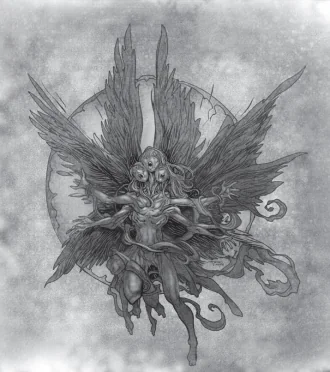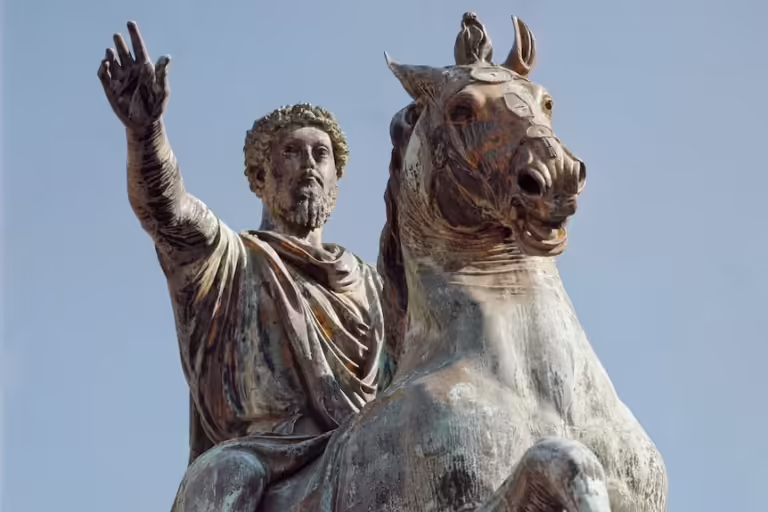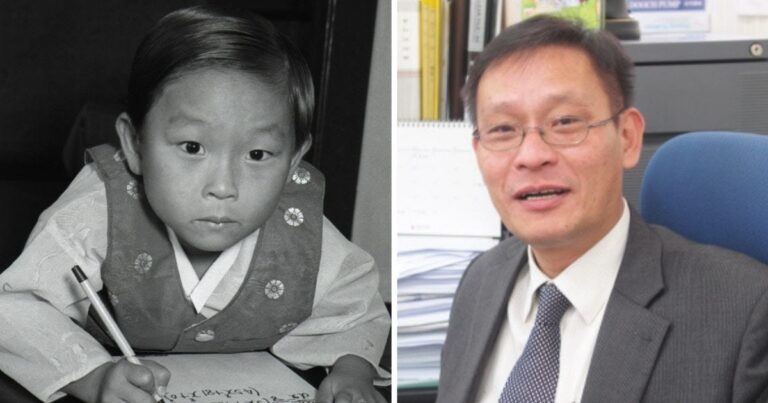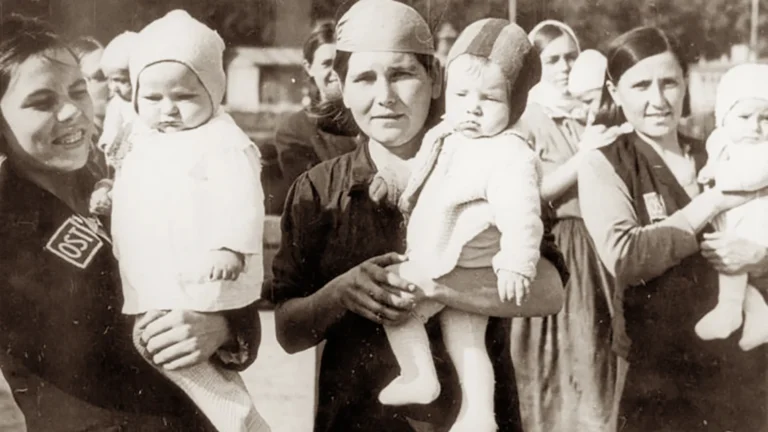The Symbolism Behind Monastic Haircuts: Why Did Christian Monks Shave Their Heads?
Discover the deep symbolism and historical reasons behind Christian monks’ haircuts. Learn why monks shave their heads and how this tradition evolved over time.
Understanding Monastic Haircuts
Christian monks have long been known for their distinctive haircuts, which often appear unusual to the modern observer. These haircuts, most notably the tonsure, are rich in symbolism and historical significance. They reflect profound religious beliefs, personal dedication, and communal identity.
Historical Context
The practice of monks shaving their heads has its roots in early Christian monasticism. Monasticism, a religious way of life where individuals dedicate themselves to spiritual work and community living, began in the 3rd and 4th centuries AD. During this period, early Christian monks adopted various customs to distinguish themselves from secular society.
In these early communities, the act of shaving one’s head was more than just a physical transformation; it was a symbolic gesture of renunciation of worldly attachments. This custom was not unique to Christianity but was borrowed from earlier religious practices, including those of Eastern religions.
Early Christian Monasticism
Early Christian monks, such as those following St. Anthony the Great, embraced asceticism, a lifestyle characterized by severe self-discipline and abstention from all forms of indulgence. Monastic haircuts, particularly the tonsure, were a visible sign of this commitment. The tonsure involved shaving the top of the head while leaving a fringe of hair, resembling a crown or halo.
The tonsure served as a reminder of the monk’s commitment to a life of humility and obedience to God. It symbolized the monk’s separation from the secular world and his dedication to the spiritual path. This practice was formalized in various ways across different monastic orders.
Symbolic Meaning of Monastic Haircuts
The symbolism behind monastic haircuts is deeply intertwined with the religious and spiritual beliefs of the time. These haircuts were not merely about physical appearance but were imbued with significant spiritual meanings.
Tonsure and its Variations
The tonsure was the most common hairstyle among Christian monks. It was a deliberate and striking form of haircut designed to signify the monk’s renunciation of worldly pride. Over time, several variations of the tonsure emerged:
- Roman Tonsure: Characterized by a small patch of shaved hair on the top of the head, leaving a ring of hair around it.
- Celtic Tonsure: Common in Ireland and Scotland, this style involved shaving the front of the head while keeping a fringe of hair at the back.
- Eastern Orthodox Tonsure: This style involved shaving the entire head except for a small tuft of hair.
Each variation had its own symbolic meaning, reflecting the cultural and regional differences within Christianity.
“The tonsure was more than a haircut; it was a visible sign of one’s spiritual commitment and devotion.” — Christian Monastic Traditions
The Role of Tonsure in Different Orders
Different monastic orders adapted the tonsure to suit their particular traditions. For instance:
- Benedictines: Adopted a more uniform approach to the tonsure, which was simple and symbolic of their communal life.
- Franciscans: Their tonsure was designed to emphasize humility and equality among the friars.
- Dominicans: Employed a specific style to reflect their preaching mission and dedication to education.
Each monastic order tailored the tonsure to reflect its unique spiritual and communal ethos.
The Spiritual Significance
The act of shaving one’s head in monastic life was deeply spiritual. It was seen as an act of humility and surrender to God. This practice was meant to strip away any vanity and pride, leaving the monk more focused on spiritual growth.
Humility and Surrender
Shaving the head was a way for monks to demonstrate their surrender to God and their rejection of worldly possessions and status. This physical transformation was a constant reminder of their commitment to a life of simplicity and service.
Humility was a core value in monastic life. By removing their hair, monks signified their willingness to become like Christ, who humbled Himself by taking on human form.
The Role of Community and Identity
Monastic haircuts also played a crucial role in fostering a sense of community and identity among monks. The distinctive hairstyles helped to visually reinforce the monk’s belonging to a particular order and community.
This sense of shared identity was crucial in creating a strong communal bond and a unified sense of purpose. The haircut was a marker of inclusion and adherence to the monastic way of life.
The Evolution of Monastic Haircuts
As Christianity spread and evolved, so did the practices surrounding monastic haircuts. The original styles and their meanings gradually transformed, reflecting changes in religious practices and cultural influences.
Changes in Modern Monastic Orders
In contemporary times, the practice of shaving the head among monks has become less common. Many modern monastic orders have relaxed traditional rules, allowing more personal expression in hairstyles. However, the symbolic essence of these practices remains significant, even if the physical manifestation has changed.
Cultural and Regional Differences
Monastic haircuts have also varied significantly across cultures and regions. For example, Eastern Orthodox monks may have different styles compared to their Western counterparts, reflecting diverse interpretations of monastic ideals.
Cultural differences continue to shape how monastic haircuts are viewed and practiced in different parts of the world. These variations underscore the rich tapestry of monastic traditions and their adaptations over time.
Summary of Main Character’s Biography
| Name | Role | Significance |
|---|---|---|
| St. Anthony the Great | Early Christian Monk | Pioneer of Christian monasticism, influenced early monastic practices, including haircuts. |
This comprehensive overview sheds light on the profound reasons behind Christian monks’ haircuts and their evolving practices over time.
References:
- History Defined – Why Did Christian Monks Have Such Strange Haircuts? https://www.historydefined.net/





